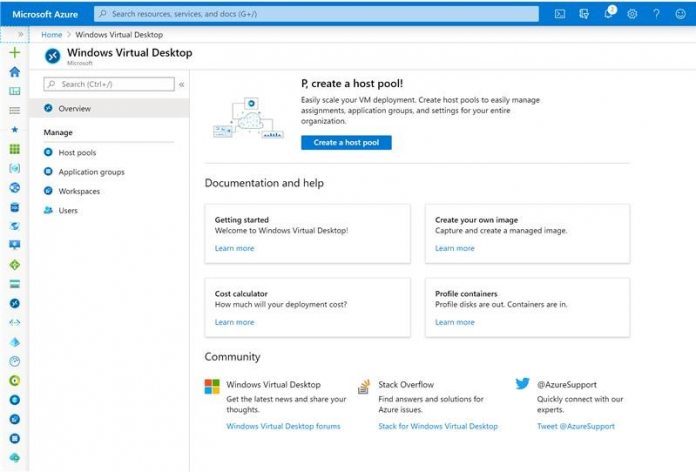Windows Virtual Desktop is one of the services that has put Microsoft in a good position in recent weeks. It is built on the premise of remote use and Microsoft has introduced new features to the service this week. Microsoft 365 users now have more management tools for virtual desktops, while security, compliance, and deployment tools have been added. Furthermore, Microsoft Teams is now more functional within Windows Virtual Desktop. Deployment is important for customers in the current crisis so Microsoft has added a new admin center built into Azure Portal. With the new experience, users can more efficiently manage virtual desktops, monitor apps, run diagnostics, and assign users.
More Improvements
Microsoft also made security and compliance improvements:
“Ability to add groups of users to Windows Virtual Desktop using Azure Active Directory (Azure AD) groups. Support for static or dynamic conditional access policies. Support for mandating multi-factor authentication (MFA). Windows Virtual Desktop integration with Azure role-based access control (RBAC) and analytics for greater administrative control over user permissions. Ability to choose the geography you want to store your service metadata for the best possible regulatory compliance and performance.”
A new WindowsVirtualDesktop service tag provides deeper deployment guidance for users. Specifically, it helps “simplify the deployment of an Azure Firewall in conjunction with Windows Virtual Desktop”. Using the service tag “enables the required platform internet access” from the Azure VMs created for the Virtual Desktop service.




